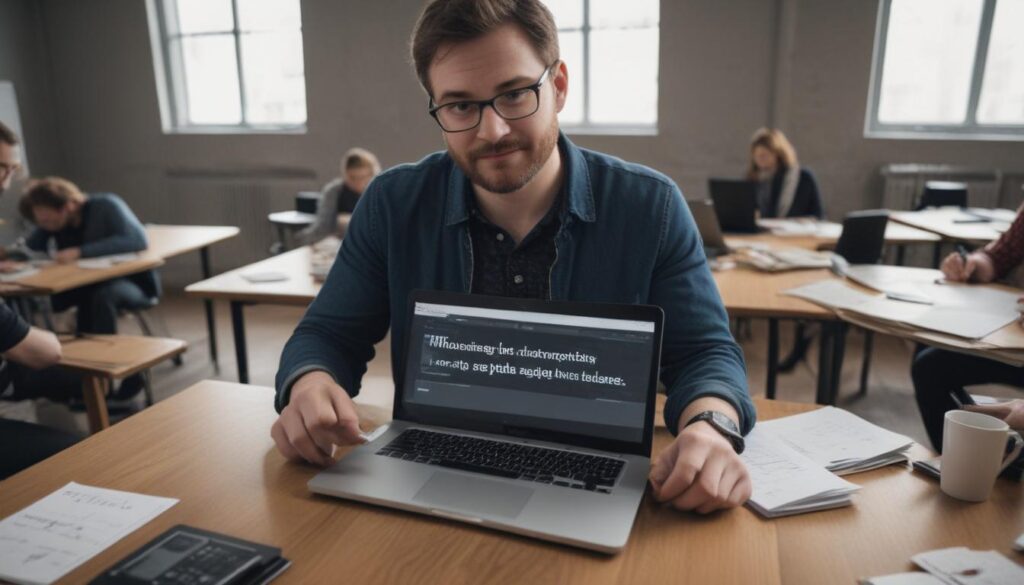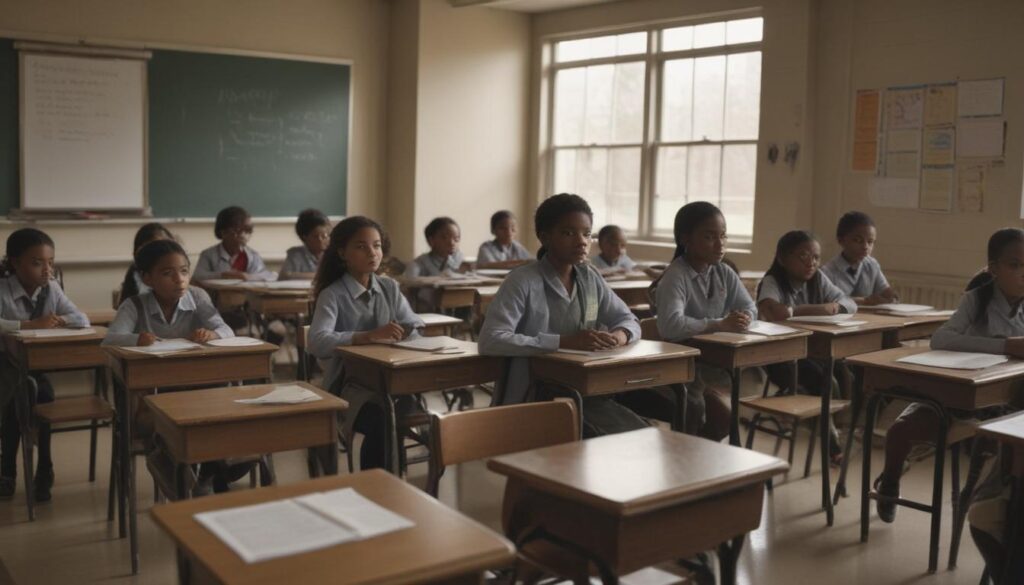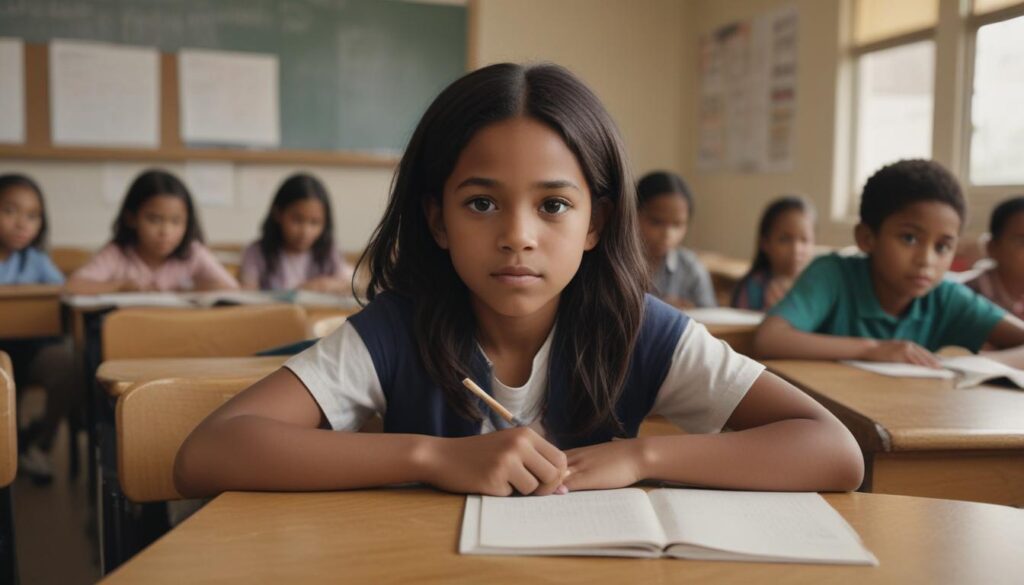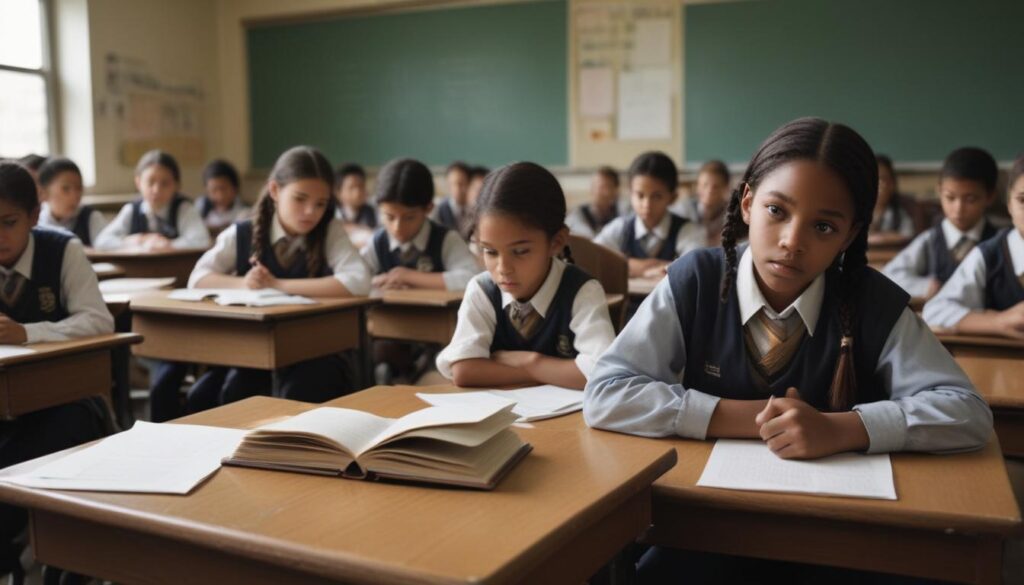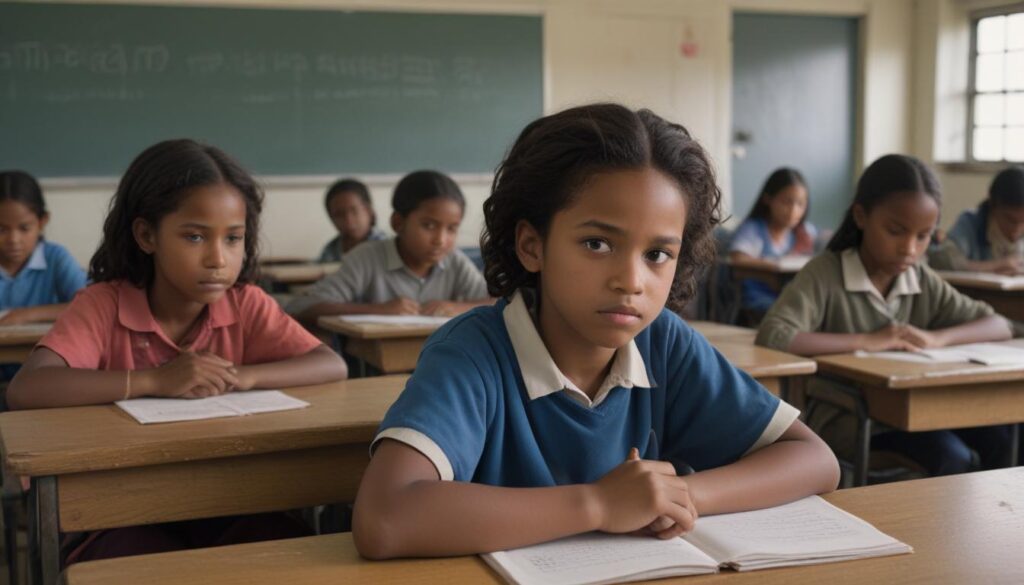Now Reading: Mindfulness in Schools Boosts Focus
- 01
Mindfulness in Schools Boosts Focus
Mindfulness in Schools Boosts Focus

From Chaos to Calm The Transformative Power of Mindfulness in Education
Is your classroom buzzing with unfocused energy? Do you find your students struggling with stress, big emotions, and the constant distractions of a digital world? As an educator or parent, it can feel overwhelming to manage a room full of anxious, restless minds while also trying to teach a curriculum. You’re not just a teacher; you’re a counselor, a conflict mediator, and a source of stability. But what if there was a simple, evidence-based tool that could help calm the chaos, improve focus, and equip students with lifelong skills for well-being? That tool is mindfulness, and it’s revolutionizing classrooms one breath at a time.
What Exactly is Mindfulness in a School Setting
Before diving into its benefits, let’s demystify what mindfulness in education really means. It isn’t about religion or trying to empty the mind of all thoughts. In its simplest form, mindfulness is the practice of paying attention to the present moment on purpose and without judgment. In a school context, this translates to short, guided practices that help students connect with their breath, their bodies, and their immediate surroundings. It’s about creating a pause between a feeling and a reaction, giving students a powerful tool for self-control and awareness.
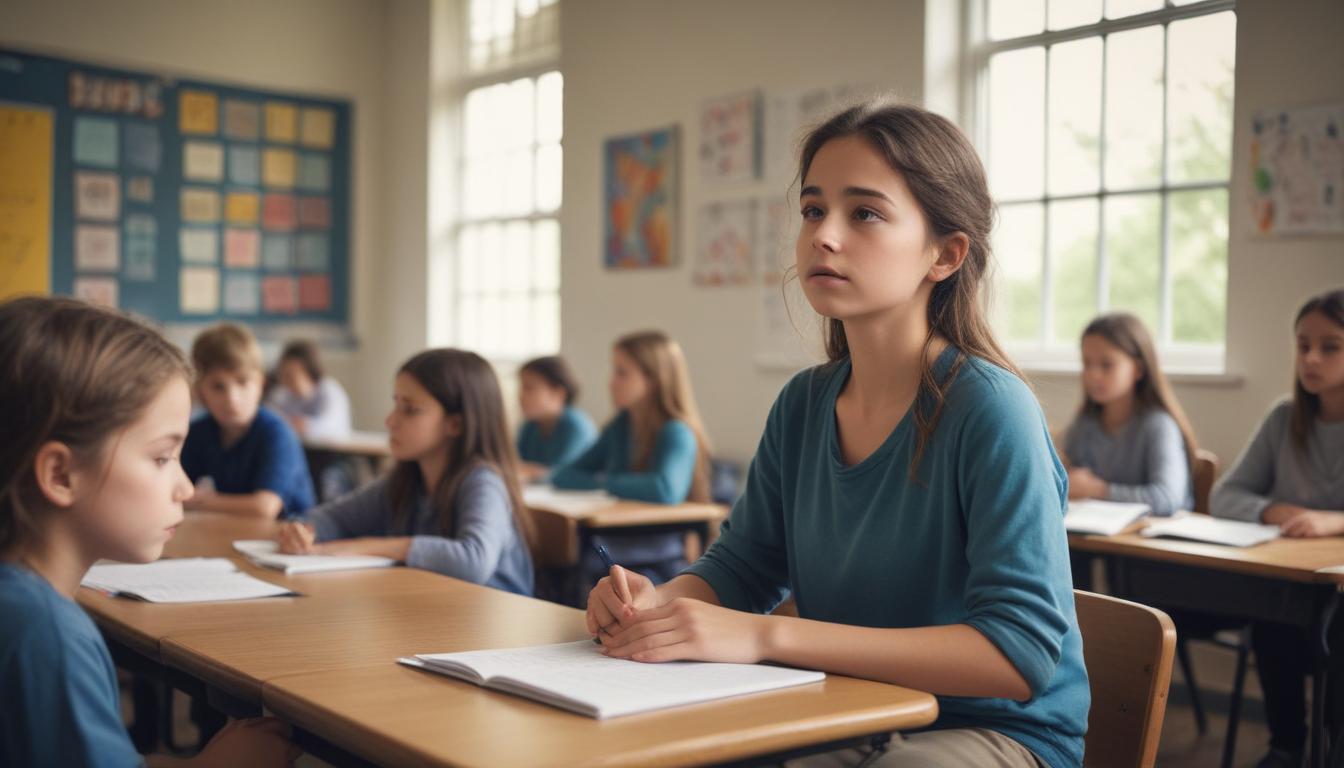
The Core Benefits of Mindfulness for Students
Integrating mindfulness into the school day provides a wealth of advantages that extend far beyond the classroom walls. These practices build a foundation for academic success and emotional intelligence.
Improved Focus and Concentration
In a world of notifications and endless scrolling, the ability to focus is a superpower. Mindfulness is like a workout for the brain’s attention muscle. Practices like mindful breathing or listening exercises train students to gently bring their attention back when it wanders. This directly translates to better concentration during lessons, improved information retention, and a greater ability to complete tasks without getting sidetracked.
Enhanced Emotional Regulation
Big feelings can be overwhelming for young minds. Mindfulness gives students the vocabulary and awareness to identify their emotions—anger, sadness, frustration, or excitement—without being controlled by them. By learning to observe these feelings as temporary states, students are less likely to have impulsive outbursts. This leads to better classroom management and equips them with a crucial life skill for navigating challenges.
Reduced Stress and Anxiety
Students today face unprecedented levels of academic and social pressure. Mindfulness provides an immediate and accessible antidote to stress. Simple breathing exercises can calm the body’s fight-or-flight response, lowering heart rate and promoting a sense of peace. Regular practice helps build resilience, making students better equipped to handle homework, tests, and social hurdles with a calmer mindset.
Increased Empathy and Compassion
Mindfulness starts with self-awareness and self-compassion. As students learn to be kinder and less judgmental toward themselves, that understanding naturally extends to others. They become better listeners and more attuned to the feelings of their peers. This fosters a more inclusive, supportive, and kind classroom community, reducing bullying and conflict.
It’s Not Just for Students The Benefits for Educators
The positive effects of mindfulness are not limited to the children. Educators who embrace mindfulness practices for themselves and their classrooms reap significant rewards.
Preventing Teacher Burnout
Teaching is a demanding profession. By taking a few moments to practice mindfulness alongside your students, you give yourself a powerful tool for managing your own stress. A mindful pause can help you reset after a challenging interaction, approach problems with a clearer head, and maintain your passion for teaching without feeling depleted.
Creating a More Positive Classroom Atmosphere
A calm, centered teacher sets the tone for the entire classroom. When you are less reactive and more present, students feel safer and more secure. This positive energy is contagious, creating a learning environment where everyone feels more respected, focused, and ready to engage.
Simple Ways to Introduce Mindfulness in the Classroom
Getting started doesn’t require special equipment or extensive training. You can begin integrating mindfulness with these simple, effective practices.
Start with Mindful Breathing
Begin or end a lesson with one minute of “belly breathing.” Ask students to place a hand on their stomachs and feel it rise and fall with each breath. This simple anchor brings immediate calm and focus.
Use Mindful Listening
Ring a bell or a chime and ask students to listen carefully until they can no longer hear the sound. Then, have them notice other sounds they can hear in the room or outside. This sharpens focus and quiets a restless classroom.
Incorporate a Mindful Minute
You don’t need long sessions. A “Mindful Minute” can be a powerful reset button. Simply ask students to sit in silence, close their eyes if they are comfortable, and just notice their breath for 60 seconds. It’s a perfect transition between activities.
Embracing a Mindful Future in Education
Mindfulness is not just another item to add to your packed teaching schedule. It is a fundamental skill that enhances every other aspect of learning and personal development. By integrating these simple practices, you are giving students a gift that will last a lifetime—the ability to navigate their world with greater focus, calm, and compassion. Start small, be consistent, and watch as your classroom transforms into a more mindful, engaged, and thriving community.












